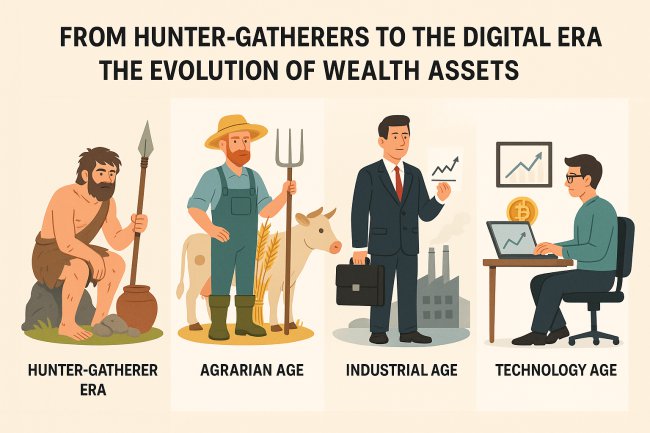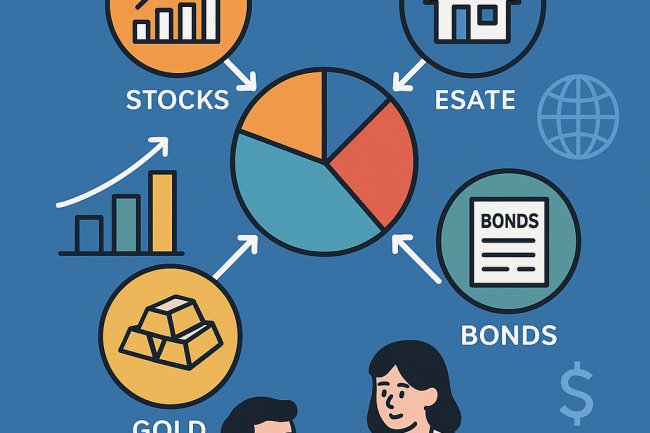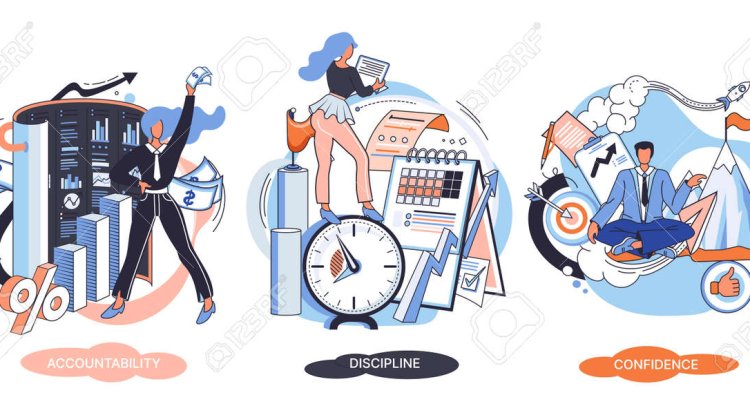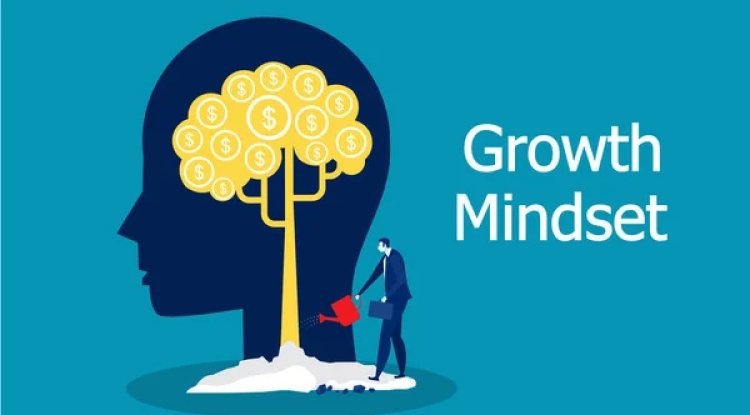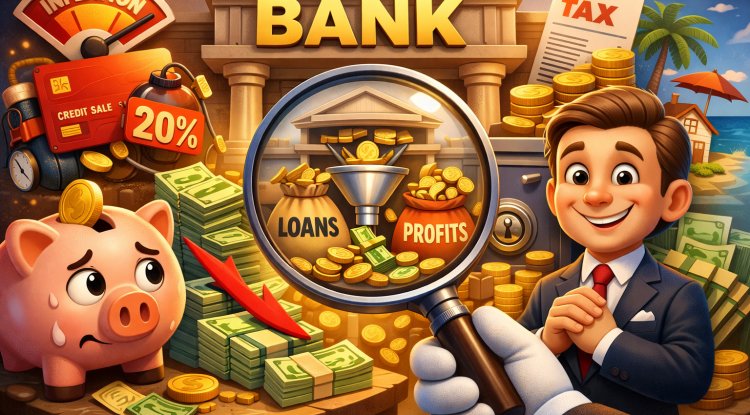Why Personal Loans Are Financial Traps in Kenya
Personal loans may look convenient, but in Kenya they often lead to financial stress, lost income, and negative returns. Discover why high interest rates, weak asset performance, and salary-based borrowing make loans a trap for many Kenyans—and learn smarter ways to build wealth through savings, SACCOs, and long-term investing.
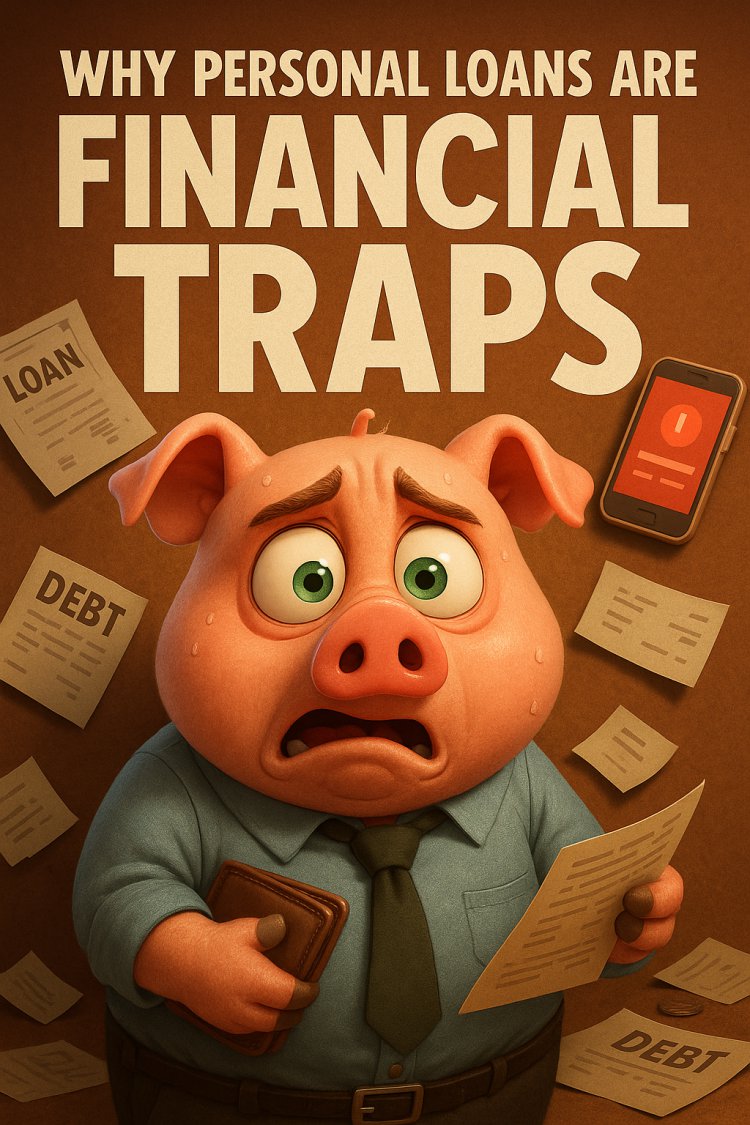
A Deep Dive into the Hidden Costs, Economic Structure, and Smarter Alternatives for Kenyan Borrowers
Introduction: The Illusion of Easy Money
Walk into any Kenyan bank, and you’ll be greeted by glossy posters promising “quick approval,” “low interest,” or “instant top-up.” Digital lending apps push instant credit at the tap of a button — no collateral, no questions. For the average Kenyan chasing progress, this seems like a shortcut to comfort: buy a car, finish that house, or cover “emergency” bills.
But beneath the surface lies a hard truth — personal loans in Kenya are designed to enrich banks, not borrowers. Unlike developed economies where debt can be leveraged to build wealth, Kenya’s high interest environment, weak asset performance, and unstable income structures make personal loans more of a financial trap than a stepping stone.
This article breaks down why personal loans are dangerous for the average Kenyan, how they quietly destroy long-term wealth, and what smarter paths you can take instead.
1️⃣ The Economic Context: Why Kenya’s Borrowing Environment Is Hostile
To understand why personal loans don’t work well in Kenya, we must first look at the macroeconomic environment — interest rates, inflation, and return on investment.
1.1 Interest Rates: The Silent Killer
In the U.S. or Europe, people borrow money at 4–6% interest to invest in assets that yield 10–12%. This positive spread allows debt to create wealth. For example, a U.S. investor can take a 5% loan and earn 11% in the S&P 500 — effectively gaining 6% profit using borrowed money.
Kenya tells a different story.
-
The Central Bank Rate (CBR) hovers around 9.5–10%.
-
Banks add a margin of 3–7%, making the average personal loan rate 12–17%.
-
Digital loans, credit cards, and salary advances can reach 25–40% effective annual rates.
Now, compare that to returns:
-
Treasury Bonds (T-bonds): 12–14%
-
Money Market Funds: 9–11%
-
Real Estate (average): 8–10%
-
Nairobi Securities Exchange (NSE): 6–10% in most years
You’re borrowing money that costs more than what your assets can earn. In simple terms, you’re working for the bank, not yourself.
1.2 Inflation & Currency Risk
Kenya’s inflation rate has averaged 6–8% annually over the past decade. The shilling has depreciated significantly against the U.S. dollar — from about Ksh 100/USD in 2015 to over Ksh 150/USD in 2025.
For a borrower, that means:
-
The real cost of debt increases over time.
-
Imported goods and materials become more expensive.
-
Your salary rarely keeps up with both inflation and debt repayment.
So even if your loan seems “manageable” today, inflation quietly eats away your purchasing power tomorrow.
2️⃣ The Myth of ‘Good Debt’ — Why It Doesn’t Translate in Kenya
Financial influencers often preach: “Use other people’s money to get rich.”
While this concept works in stable, low-interest economies, it fails under Kenyan realities.
2.1 The Western Model of Leverage
In the U.S., Japan, or the UK, the cost of borrowing is low, and asset markets are efficient. Investors borrow cheaply to buy appreciating assets:
-
Mortgages at 3–5%
-
Business loans at 6%
-
Stock returns at 10–12%
This positive leverage multiplies wealth.
2.2 The Kenyan Reality
Here, the opposite happens:
-
Loans cost 15–20%.
-
Asset returns average 10–12%.
-
Delays, inefficiencies, and bureaucracy erode profitability.
That creates negative leverage — where you pay more in interest than you earn in returns. Instead of growing wealth, your investments shrink.
Let’s illustrate:
Borrow Ksh 1 million at 14% to invest in a small apartment rental yielding 9% annually.
You’ll pay Ksh 140,000 in interest yearly, but earn only Ksh 90,000.
Result: –Ksh 50,000 per year, before tax and maintenance.
Over ten years, that’s half a million shillings lost — not counting inflation.
3️⃣ Why Most Kenyans Borrow: Social Pressure, Not Strategy
Debt in Kenya has evolved from a financial tool into a status symbol.
People borrow not because they need to — but because society equates debt with progress.
3.1 Lifestyle Inflation
After a promotion or salary increase, many Kenyans immediately seek a car loan, home loan, or digital credit to upgrade their lifestyle — not their assets.
Banks have learned this psychology well. They target “upwardly mobile” professionals with offers like:
-
“Upgrade your ride today!”
-
“Own your dream home now!”
-
“Pay school fees in easy installments!”
This marketing thrives on emotional urgency, not rational planning.
3.2 Peer Pressure & ‘Keeping Up with the Jonathans’
Kenyans often equate visible assets — cars, houses, furniture — with success. Yet, many of these are financed by debt. Behind the shiny lifestyle, people drown in repayments.
Ironically, some of the wealthiest individuals in Kenya — from entrepreneurs to senior civil servants — live modestly, avoiding personal loans. They understand a truth the middle class often misses:
Borrowed comfort today can become tomorrow’s burden.
4️⃣ The Dangerous Illusion of Mortgages and Car Loans
4.1 Mortgages: A Long-Term Handcuff
The idea of homeownership is appealing — “stop paying rent, own your house.”
But in Kenya, mortgages come with long repayment periods (up to 20 years) and interest compounding that nearly doubles the total cost.
Example:
A Ksh 10 million mortgage at 13% over 20 years ends up costing you over Ksh 26 million by the end of the term.
That’s Ksh 16 million in interest — money that could have been invested elsewhere.
4.2 Car Loans: Depreciating Assets
Cars lose 20–30% of their value every year. So, when you take a Ksh 2 million car loan at 15%, you’re paying interest on an asset that’s losing value daily.
By the time you finish paying, your car’s resale value may be half your original cost — yet you’ve paid more than double in total due to interest and fees.
4.3 Salary Advances & Digital Loans
Quick mobile credit like Fuliza, M-Shwari, or Tala looks harmless.
But at 1–2% per day, these are some of the most expensive forms of debt globally — equivalent to over 300% annual interest when compounded.
These small “temporary fixes” create a dangerous habit: depending on credit for daily survival.
5️⃣ The Real Cost: Financial Stress, Lost Freedom, and Stagnant Wealth
5.1 The Emotional Toll
Debt may solve an immediate problem, but it creates chronic stress.
Every SMS alert, every deduction, every bank call becomes a reminder of dependency.
In the long run, borrowers experience:
-
Anxiety and sleep loss
-
Strained family relationships
-
Poor productivity at work
Financial stress is not just emotional — it’s biological. It affects your mental clarity, decision-making, and confidence.
5.2 Lost Opportunities
Every shilling you pay in loan interest could have been invested instead.
Compounded over 10–15 years, that’s millions in lost potential.
For instance, if you save and invest Ksh 20,000 monthly at 10% annual growth instead of using it to service a loan, you’d have over Ksh 5 million in 10 years.
5.3 Reduced Flexibility
Loans tie you to your employer.
Even if your job becomes toxic or stagnant, you can’t leave because you’re “servicing a facility.”
In a volatile job market, that’s dangerous — a single layoff can push you into default, lawsuits, and damaged credit history.
6️⃣ The Exceptions: When Loans Can Work
Not all debt is bad — but context matters.
There are specific cases where borrowing may make financial sense in Kenya.
6.1 SACCO Loans
SACCOs often charge 1% per month (on a reducing balance) — roughly 12% annually.
They also offer fixed rates, meaning you’re protected from central bank fluctuations.
Borrowing from a SACCO for a productive goal — e.g., business expansion or buying an income-generating asset — can be acceptable.
6.2 Employer-Subsidized Loans
Certain employers (e.g., UN, government, NGOs) offer low-interest mortgages or car loans between 3–5%.
At such rates, debt can work for you, not against you — especially if you invest parallel income streams (e.g., MMFs, bonds) that yield more than your loan cost.
6.3 Business Loans with ROI Exceeding Interest
If a business loan directly increases your cash flow — for example, buying machinery that doubles your production — it may be worth it.
However, the return must be higher than the interest rate, and risks must be well-calculated.
7️⃣ The Smarter Alternative: Save, Invest, and Compound
7.1 Build from the Ground Up
Start with what you have.
Instead of borrowing Ksh 1 million to buy land, save 100k consistently, invest it wisely, and let compounding do the heavy lifting.
Over time, your portfolio will grow across different assets — money market funds, government securities, global ETFs, and even Bitcoin.
7.2 The Power of Compounding
Let’s illustrate with numbers:
-
Invest Ksh 20,000 per month at 10% annual return.
-
In 10 years: Ksh 3.8 million
-
In 20 years: Ksh 12.7 million
No loans. No pressure. No sleepless nights.
That’s how true wealth is built — quietly, patiently, consistently.
7.3 Create Automated Systems
Most Kenyans fail at saving not due to lack of money but lack of consistency.
Set up:
-
Automatic transfers to investment accounts
-
Emergency funds equal to 3–6 months of expenses
-
Separate accounts for long-term goals (education, land, retirement)
Make wealth creation automatic — not emotional.
8️⃣ The Psychological Shift: From Borrowing Mindset to Ownership Mindset
8.1 The “Scarcity” Trap
Many people borrow because they operate from scarcity — the belief that “I must take what I can now.”
This short-term thinking fuels impulsive financial behavior.
But true wealth builders think in decades, not days. They delay gratification, control emotions, and understand that freedom is worth more than appearance.
8.2 The “Abundance” Perspective
When you focus on earning, saving, and investing, you shift from consumption to creation.
You’re no longer waiting for salary day to survive — your money starts working for you.
Abundance isn’t about having millions; it’s about having control over your financial choices.
9️⃣ The Future of Borrowing in Kenya: What Needs to Change
9.1 Financial Literacy
Kenya’s biggest financial challenge isn’t just high interest rates — it’s low financial education.
If more Kenyans understood interest compounding, inflation impact, and opportunity cost, fewer would take unnecessary loans.
9.2 Policy & Regulation
CBK’s credit market reforms must address:
-
Transparent lending practices
-
Caps on predatory digital loans
-
Incentives for low-interest savings and investments
9.3 Cultural Shift
As a society, we must redefine success.
Owning assets on credit isn’t wealth — owning them debt-free is.
10️⃣ Conclusion: Freedom Over Fancy
In a world where financial products are aggressively marketed, true wisdom lies in restraint.
Personal loans in Kenya often look like an opportunity — but they are chains disguised as progress.
The numbers are clear:
-
High interest rates
-
Low investment returns
-
Unstable job markets
Together, they form a trap that delays — or destroys — financial freedom.
The solution isn’t in rejecting progress but redefining it.
Build wealth from savings, not credit. Invest patiently. Choose flexibility over appearance.
Because in the end, real wealth isn’t in what you own —
it’s in what you owe to no one.
Key Takeaways for Kenyans
| Trap | Reality | Smart Alternative |
|---|---|---|
| High-interest personal loans | Cost more than average returns | Save first, invest later |
| Borrowing against payslip | Risky if job lost | Borrow against assets only |
| Mortgages & car loans | Long-term liabilities | Buy smaller, upgrade debt-free |
| Digital credit | Financial addiction | Build emergency fund |
| “Loans motivate me” myth | Costly discipline | Automate savings |
Wealth Global Insights – Educating Kenya’s next generation of investors.
Knowledge first, money second. Freedom forever.
What's Your Reaction?







